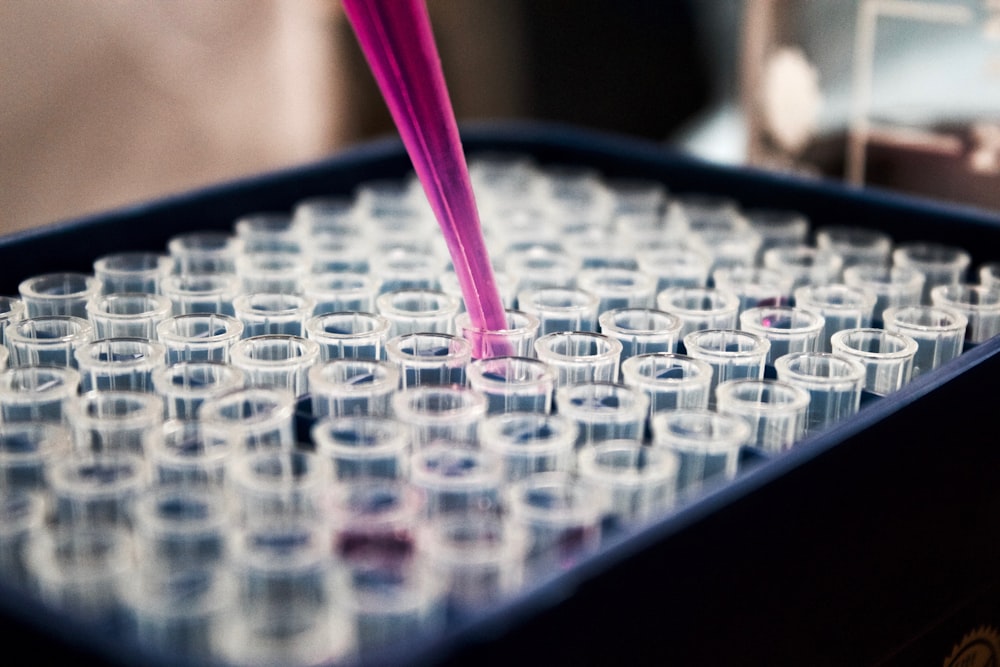The Hidden Power of the Fig Tree
How a Millennial Tree Could Combat Superbugs
Article Navigation
Introduction: The Silent Antibiotic Crisis
In a world where common infections are becoming potentially lethal again, nature holds forgotten solutions. The World Health Organization estimates that more than 80% of the global population still depends on traditional plant-based medicine to meet their primary health needs 2 . This statistic reflects not just a socioeconomic reality but a scientific opportunity window.
Antibiotic resistance, responsible for prolonging hospital stays, increasing mortality, and generating unsustainable healthcare costs, has turned bacteria like Staphylococcus aureus and Escherichia coli into global threats 1 . Among the plants attracting scientific interest stands Ficus carica L., the humble fig tree, whose hydroalcoholic extracts reveal surprising antimicrobial properties against resistant strains.
Antibiotic Resistance
A growing threat making common infections harder to treat and increasing mortality rates worldwide.
Traditional Medicine
80% of global population relies on plant-based remedies for primary healthcare needs 2 .
The Fig Tree's Chemical Arsenal
The aerial parts of Ficus carica (leaves, fruits, latex) contain a complex cocktail of bioactive compounds where its therapeutic properties reside:
Terpenes & Sterols
Compounds like β-sitosterol and lupeol contribute to anti-inflammatory and antimicrobial synergy 3 .
Benzaldehydes & Coumarins
Responsible for inhibitory effect on bacterial protein synthesis, especially relevant against enterobacteria .
Table 1: Main Bioactive Compounds in Ficus carica and Their Functions
| Compound | Plant Source | Antimicrobial Mechanism |
|---|---|---|
| Flavonoids | Leaves and fruits | Membrane permeability alteration |
| β-sitosterol | Latex | Inhibition of cell wall synthesis |
| Furanocoumarins | Leaves | DNA replication interference |
| Terpenes | Green fruits | Bacterial protein denaturation |
A Revealing Experiment: The Attack Against Superbugs
A pioneering study meticulously evaluated the potential of methanolic extracts of fig leaves against resistant strains 2 :
Methodology Step-by-Step
- Collection & Preparation: Leaves collected in Escobedo (Mexico) were air-dried for two weeks, crushed, and macerated in methanol with daily agitation for 14 days.
- Concentration: Rotary evaporation yielded a concentrated extract diluted in solutions from 25 mg/ml to 0.39 mg/ml.
- Sensitivity Tests: Agar diffusion technique with strains of S. aureus BAA-44 (methicillin-resistant) and E. coli 25922. Cultures incubated at 36°C for 24 hours.
- Quality Control: Inoculum standardization using 0.5 McFarland scale and controls with conventional antibiotics.

Compelling Results
- The extract showed significant inhibition against S. aureus and E. coli with a Minimum Inhibitory Concentration (MIC) of 1,000 μg/ml.
- Greater effectiveness observed against Gram-positive bacteria (S. aureus) than Gram-negative (P. aeruginosa), attributable to membrane structure differences.
- The activity was dose-dependent: higher extract concentration correlated with larger inhibition halo diameter.
Table 2: Antimicrobial Activity of F. carica Extracts Against Resistant Strains
| Bacterial Strain | Type | MIC (μg/ml) | Inhibition Diameter (mm) |
|---|---|---|---|
| Staphylococcus aureus BAA-44 | Gram-positive | 1,000 | 8.5 |
| Escherichia coli 25922 | Gram-negative | 1,000 | 6.2 |
| Pseudomonas aeruginosa | Gram-negative | >1,000 | No inhibition |
| Enterococcus faecalis | Gram-positive | >1,000 | No inhibition |
The Cultivar Factor: Why Variety Matters
Not all fig trees are equal. Comparative studies of 18 cultivars demonstrated that 'White Genoa' possesses the highest antioxidant activity (65.91% in DPPH assay) and total phenol content (315.26 µg GAE/mL) 3 . This chemical variability among varieties explains differences in antimicrobial potency and highlights the need to standardize botanical sources for therapeutic applications.
Table 3: Antioxidant Activity Comparison in Selected F. carica Cultivars
| Cultivar | TPC (µg GAE/mL) | Antioxidant Activity (% DPPH inhibition) |
|---|---|---|
| White Genoa | 315.26 | 65.91% |
| Black Mission | 285.40 | 58.22% |
| Kadota | 221.85 | 49.37% |
| Brown Turkey | 198.74 | 42.86% |

Fig Tree Varieties
Different cultivars show varying levels of bioactive compounds.
Antioxidant Activity Comparison
Mechanisms of Action: The Microscopic War
Ficus carica extracts deploy multiple strategies against pathogens:
Membrane Alteration
Terpenes and flavonoids interact with phospholipids, increasing permeability and causing cytosol leakage .
Enzyme Inhibition
Phenolic compounds chelate metals essential for bacterial metalloenzymes, blocking metabolic pathways 4 .
Antioxidant Synergy
Oxidative stress from free radicals weakens bacterial defense systems, potentiating antimicrobial compounds 3 .

Illustration of bacterial membrane damage caused by plant compounds
Future Perspectives: From Tradition to Therapy
Although results are promising, challenges remain:
- Extract Standardization: Seasonal and geographic variability demands rigorous quality control protocols.
- Differential Toxicity: In vivo studies must confirm selectivity against bacteria without harming human cells.
- Synergistic Potentiation: Combinations with conventional antibiotics could overcome resistances. Preliminary research with vancomycin shows additive effects 1 .
Table 4: Comparison of Plant Extracts With Documented Antimicrobial Activity
| Plant | Part Used | Optimal Concentration | Effect Against S. aureus |
|---|---|---|---|
| Ficus carica | Leaves | 1000 μg/ml | Moderate inhibition |
| Eucalyptus globulus | Leaves | 100% hydroalc. extract | 16.00 mm halos |
| Physalis peruviana | Fruits | 100% hydroalc. extract | Low inhibition |
Research Roadmap
Current status of research on fig tree antimicrobial properties
Conclusion: Ancient Roots for Modern Problems
Ficus carica embodies the perfect duality between traditional herbalism and modern science. Its hydroalcoholic extracts, particularly from leaves, represent viable therapeutic alternatives against the antibiotic resistance crisis. While pharmacology advances in compound purification and clinical trials, ethnobotanical knowledge continues to guide toward sustainable solutions.
"The answer to superbugs might be growing in our backyard."
Next time you see a fig tree, remember: in its green leaves might reside the next antimicrobial revolution.